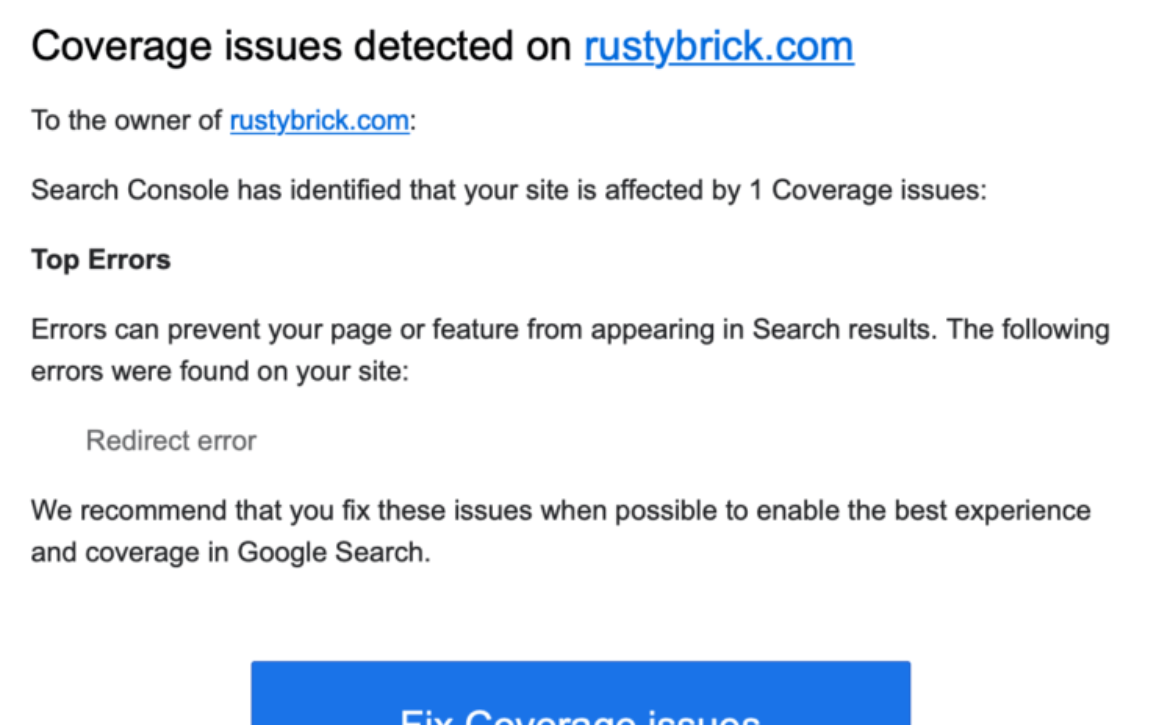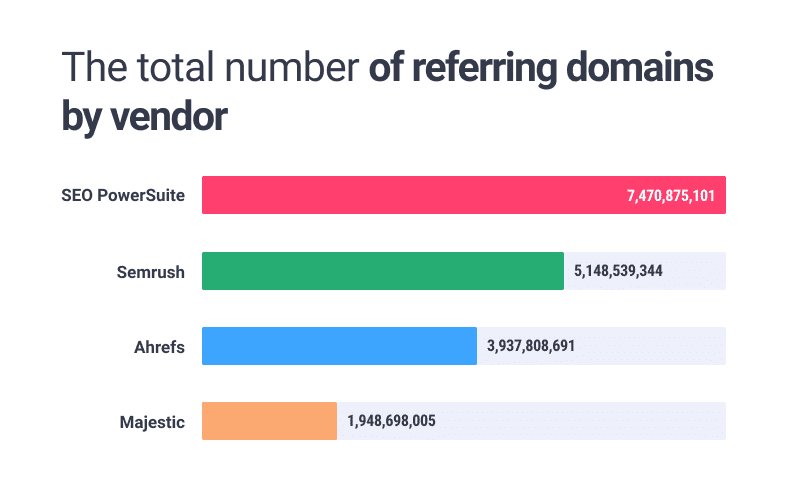How to effectively deliver the results of your work to clients
One of the most challenging aspects of providing SEO services is proving the value of your work to clients.
To address this problem, SE Ranking sat down with representatives of both digital agencies and businesses from the US, UK and Australia to discuss the main issues that occur in the communication between agencies and their clients and to find reasonable solutions for them.
This article highlights actionable insights and useful advice shared during the discussion.
The agency side was represented by Jen Cornwell, Harry Sanders, and Lidia Infante, while Dave Lavinsky and Hayley Keith voiced their opinions as business representatives.
“Why does it take so much time for SEO to show palpable results?!”
Clients often don’t fully understand all of the nuances and value of SEO. As a result, you will have a hard time finding an SEO contractor who hasn’t been asked multiple times why it takes so long to produce results.
Here are a few things you can do to relieve the anxiety of your clients and build trust from day one.
- Set clear expectations. As soon as you start working with a client, let them know what results you can help them achieve. Give them a clear idea of what’s ahead by providing projections on what results they can see in 3, 6, 9, and 12 months.
- Communicate with and educate clients. Make sure to spend enough time explaining to clients that SEO is a massive field with many moving parts where each part needs a different amount of time and effort to produce results. Besides talking to clients, build a good rapport with their in-house teams too, and make sure they’re also on the same page.
- Provide interim results. Your clients must be able to see actual progress as soon as possible. Alleviate their concerns by showing specific progress that’s been made since you started optimizing their website.
For example, let’s take tech SEO. You can audit the website of your client using website audit tools, such as SE Ranking, to let them know how healthy their website is from a technical perspective.

Then, you can explain what issues and why are to focus in, say, the first month as well as during the first three months. That way, your clients will have a better picture of what to expect.
Plus, the Website Audit also contains detailed information on each issue in terms of why it’s important for SEO and how it can be fixed, allowing your clients to learn everything they need to better understand the urgency of fixing particular errors.
And as for providing interim results, you can compare several audit reports to show clients an overview of the progress that’s been made.

The feeling of having control over the situation is very important for your clients. That is why a bit of education supported by clear self-explanatory reports will help you explain the key things that matter for SEO and show the progress of your work.
“I don’t think these changes are necessary. We have more important things to do!”
Another issue that agencies often come across is that clients don’t implement all the necessary changes. For example, your client doesn’t see the need to create new content, update their landing pages, or build backlinks. So, what do you do?
- Find a common point of agreement. Make your clients feel that you are on their side and want to achieve the same things they do. While it’s okay for SEO and business reps to see things differently on occasion, it’s important to articulate what the common objective is.
- Provide stats and case studies to prove the validity of your point when it comes to dealing with big changes and investments. Your clients probably want to take the beaten path to success instead of being trailblazers.
- Prove the value of suggested changes by providing examples from competitor websites. With a Competitive Research tool, you can gather the necessary data to show your clients how their website needs to be optimized in order to catch up or even outrank the competition.

Depending on your task, you can point out the keywords that competitors use, the amount of optimized content, the quality of their links, the technical performance of their websites, and so on.
- Prioritize what clients need to implement. Clients are often too busy with their business and need your help to set their SEO priorities straight. To do this, score everything you need a client to do by its potential effectiveness and urgency, plus point out how much time each issue can take.
“I don’t understand what I am paying you for!”
Sometimes, clients don’t really understand or haven’t the slightest idea of what their SEO agency is currently working on. What this means is that they don’t know what they’re paying for, which can end up being harmful to both clients and agencies.
Here’s the advice our experts shared that will help your clients avoid having any question marks.
- Be extra transparent and honest. Make sure to be as open as possible in your communication with clients. Present them with a detailed plan of action and hold regular sync-up meetings to report on what’s been done and what you are planning to do next. Communicating KPI progress reports also helps achieve this.
- Talk about your own mistakes. If the strategy you’ve opted for didn’t work, don’t try to cover it up with some vague conclusions. Instead, be open and frank, and have a plan of recovery ready to make up for the losses in the future.
To avoid your clients guessing what they are paying you for, take advantage of a Report Builder tool to send out regular reports to your clients. Depending on how often they want reports, you can send out reports on a daily, weekly, and monthly basis or on-demand.

Sit with your client and agree on the data points that must be included in the report and how often they want to get such reports. You can design and personalize the report however you want and add all the necessary data points to make sure the client understands exactly where you are and where you are going.
“I’m overwhelmed with the technical details you are sharing with me and don’t understand why it matters for my business!”
In addition to providing SEO reports full of easy-to-read charts and tables, you must make sure your clients, as well as their teammates, understand all of the data they see. So, besides focusing on SEO progress, provide additional information to let your clients know how each aspect of your work correlates to the business goals of your clients.
Let’s take a look at some actionable tips you can benefit from.
- Set up tracking straight away. Don’t delay getting access to your clients’ analytics and verify that you are tracking every part of the client website. That way, you will be able to make data-informed decisions along the way. Keep in mind that linking SEO deliverables to business parameters is key.
If you want to give your clients the opportunity to check in on specific aspects of your work whenever they choose to, you can also share a guest link with them. Sharing a guest link facilitates the work of SEO agencies.
- Provide context to your reports. Don’t just throw raw SEO data at your clients, but provide detailed explanations on what exactly you’ve been working on, why it’s important, what were the objectives, and which parameters indicate the results. Adding comments to each report section and tailoring your reports to each specific client can go a long way.
- Know who you’re talking to. Prepare different reports for the CEO of a client company and for that company’s SEO or marketing team. After all, they have different levels of engagement in the actual SEO process and need different levels of digitalization in the information you can provide. So, before putting together a report, find out whose table it’s going to end up on.
Remember that smart reporting is not just about sending out visually stunning graphs to your clients, but about providing enough relevant data along with all of the necessary context.
Final thoughts
It’s absolutely critical that you and your clients realize that you are playing for the same team and that you are both invested in the growth of the client’s business. So keeping your clients as well-informed as possible is key.
Dedicate the time to make sure your clients understand what you are planning to do or are already doing to their website. That way, you won’t have any unpleasant surprises further down the road. Also, be transparent and honest in your communication so that the client doesn’t just know when everything is going according to plan but when things fall through as well.
While there are multiple ways of communicating with your clients, it’s best to manage it all from one central location like SE Ranking which gives you all of the SEO data you need to carry out your work as well as the tools you need to keep your clients fully informed.
The post How to effectively deliver the results of your work to clients appeared first on Search Engine Land.

























